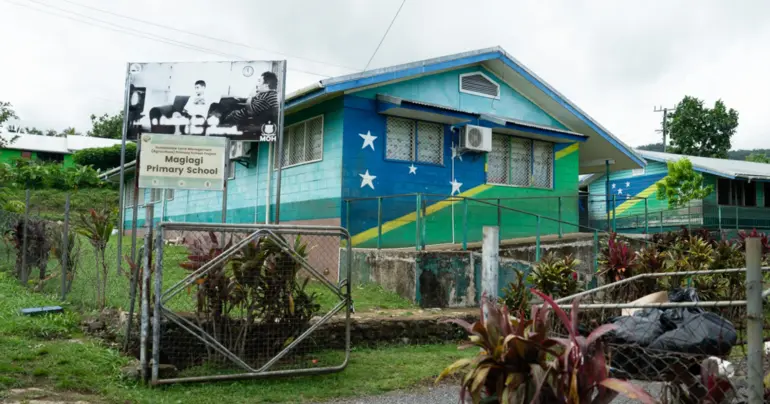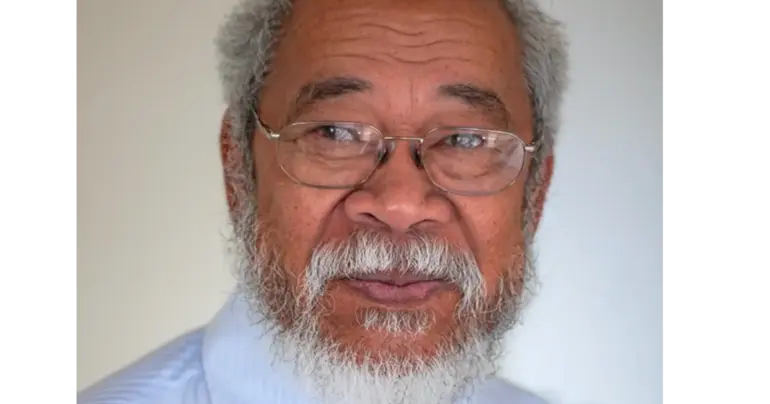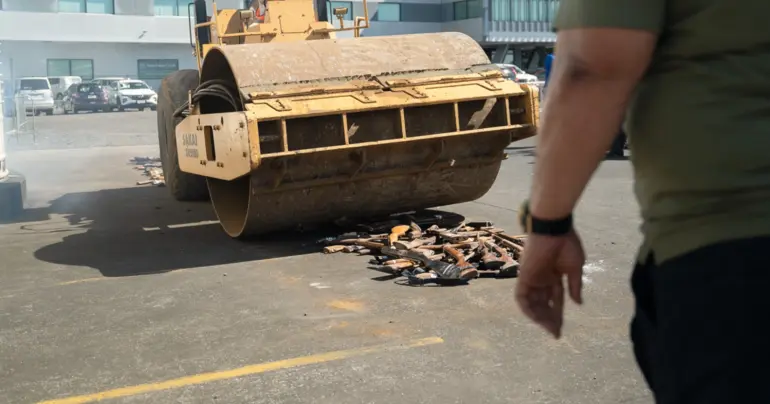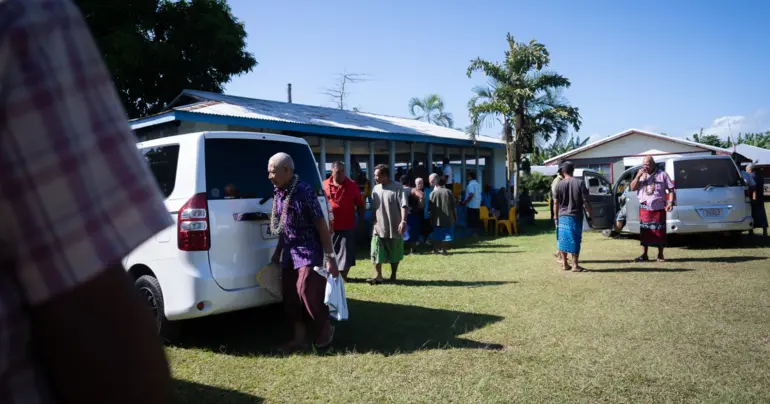Risking lives in the palolo frenzy
Two lives have been lost in the palolo frenzy that has gripped the nation this weekend. Both deaths happened in Savaii and both could have been avoided.
The weather office had issued a marine warning and had said that there would be strong currents and high waves. This warning was ignored by the many who went to fill up their containers with palolo. Some because they love the delicacy, for most, palolo equals money.
It is perhaps the search for money that drives people to ignore the weather warning and it is also why people with no or poor swimming abilities risk it all. Reports have come from Savaii that palolo was being sold for as much as $1500.
Weather warnings should not be ignored. There is a reason why the Samoa Meteorology Department exists. They provide us with warnings and advisories so the public can make informed decisions about going out to sea, floods, strong winds and natural disasters.
The problem is that many people hear or see the warnings but never take notice of them. The result is most cases is tragic. If the sea is rough, it is not worth the risk. Village leadership should take control of the situation.
People do need the money but getting the dough by risking lives should never be worth it. Village leaders and senior matai should always weigh the risk, heed the weather warning and then make the decision if the trip out to sea is worth it.
Nature is unforgiving. Even the most experienced fishermen and boat operators can fall victim to the wrath of the ocean. The fishing boat that was pushed ashore by strong currents is a fine example. The currents in the Apia Harbour were so strong that it snapped the ropes the ship was tied with.
Village leaders should stop the rush to the ocean for palolo if the weather is not good. Even if the weather is good, non-swimmers should never be permitted into the water and there should always be a safety patrol boat.
The other concern is that most people living on an island surrounded by the sea do not know how to swim. As hilarious as this sounds, it is no joke. People are born and raised in villages facing the Pacific Ocean but do not know how to swim.
There are two reasons for this. The first one is that we have moved away from traditional forms of fishing which required the young men and women to be catching fish in nets and also for some to be diving with their spears.
Even those living next to the ocean do not know how to swim and teaching children to swim is something that is not being taken seriously.
The Ministry of Education and Culture can play a very important role in ensuring that children know how to swim. Swimming should be included in the school curriculum. It will not only save lives but also provide a healthy activity.
For the schools living close to Apia, they have access to an Olympic-class facility in Tuanaimato. MEC can negotiate concessionary rates which either parents or the ministry can bear for the schools so students are able to attend swimming classes.
Schools that do not have access to a swimming pool have the sea. It is a good place to teach children how to swim. In the Cook Islands, there are no public swimming pools; schools take the children to the sea for swimming classes.
Studies have reported that children between one to four years old, who had swimming lessons had an 88 per cent reduction in the risk of drowning. Of course, learning to swim is only one element parents should follow to prevent drowning. This is why swimming lessons save lives, and should be started from an early age.
Drowning is still one of the most common causes of accidental death in children, so being able to swim is an essential life-saving skill. It’s important to remember that children who appear water-confident are not always competent swimmers.
Take weather warnings seriously. There is a reason why millions are spent on the Samoa Meteorology Department.











